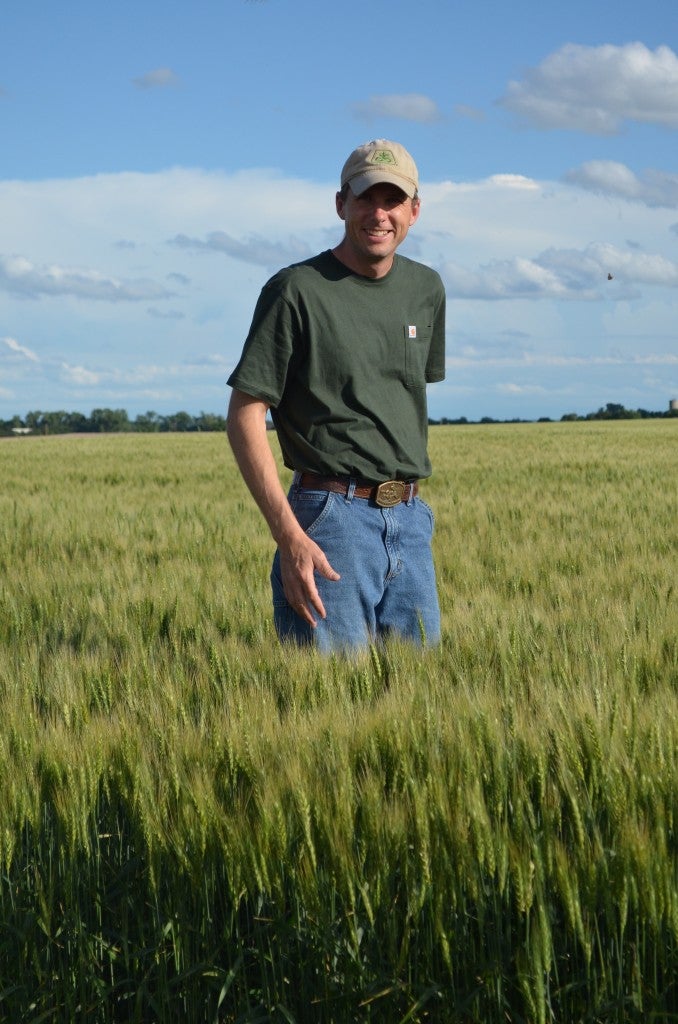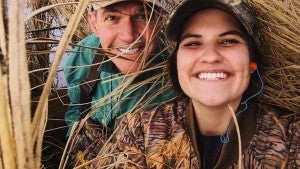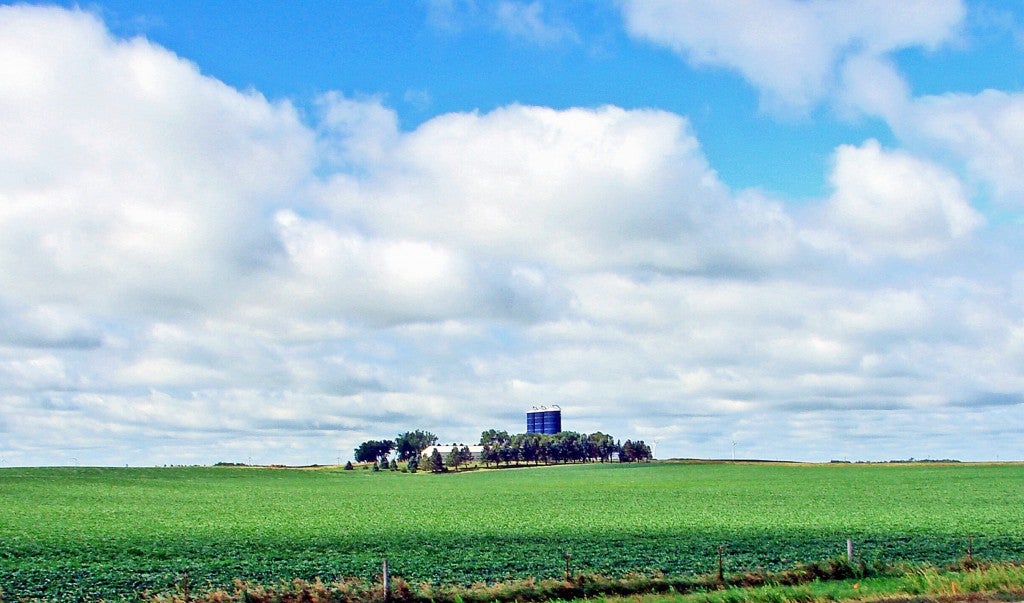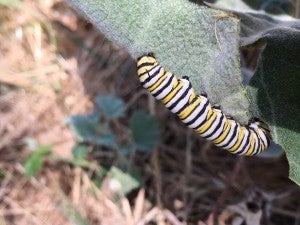
Smithfield Foods, the world’s largest pork company, is known as a leader in animal agriculture. Now Smithfield is showing its sustainability leadership by becoming the first major livestock company to make an absolute, supply chain commitment to reduce greenhouse gas (GHG) emissions that contribute to climate change.
The company will reduce emissions in its U.S. supply chain, from feed grain to packaged bacon, 25 percent by 2025. To meet the goal, Smithfield will improve fertilizer use on feed grain, install advanced manure management technologies, and increase energy efficiency in transportation.
When a company as big as Smithfield makes a new sustainability commitment, it’s natural for farmers and neighboring communities to wonder how it will affect them. The good news is that all the actions Smithfield plans will generate benefits both for farmers and our environment.
Here are three: Read More










 The White House Council on Environmental Quality (CEQ) recently released an intriguing report on how the United States can transition to a low-carbon economy by 2050 while continuing economic growth. The report gives a starring role in this job to agricultural lands.
The White House Council on Environmental Quality (CEQ) recently released an intriguing report on how the United States can transition to a low-carbon economy by 2050 while continuing economic growth. The report gives a starring role in this job to agricultural lands. Journalist Michael Pollan deserves credit for elevating the national conversation about food. Over the course of 25 years, his articles and books have thoughtfully contemplated the troubling side effects of the American diet and the way our food is produced.
Journalist Michael Pollan deserves credit for elevating the national conversation about food. Over the course of 25 years, his articles and books have thoughtfully contemplated the troubling side effects of the American diet and the way our food is produced. I first met Justin Knopf at a meeting in DC about five years ago. At 6’3”, he definitely stood out, but not just physically. He openly conveyed how important his family and his land are – the reason he cares so much about making sure his Kansas farming operation can live on is for his children. It’s rare to meet someone so articulate, sincere and committed to sustainability.
I first met Justin Knopf at a meeting in DC about five years ago. At 6’3”, he definitely stood out, but not just physically. He openly conveyed how important his family and his land are – the reason he cares so much about making sure his Kansas farming operation can live on is for his children. It’s rare to meet someone so articulate, sincere and committed to sustainability. Land O’Lakes SUSTAIN® platform – a powerful tool that can make a real impact in improving regional water quality — is coming to the Chesapeake Bay.
Land O’Lakes SUSTAIN® platform – a powerful tool that can make a real impact in improving regional water quality — is coming to the Chesapeake Bay.

